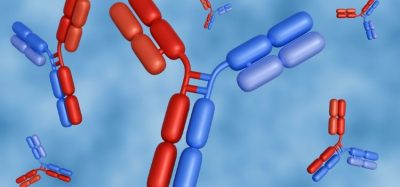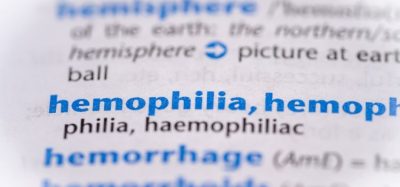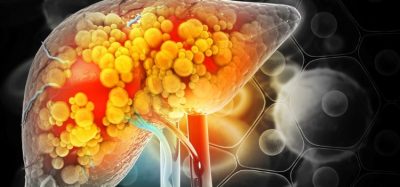Mitigating the risks of PPE shortages for compounding pharmacies
Posted: 30 May 2022 | Hannah Balfour (European Pharmaceutical Review) | No comments yet
Personal protective equipment (PPE) is a critical aspect of environmental and contamination control for compounding facilities, here we look at strategies to overcome PPE shortages.


During the COVID-19 medicines were not the only thing to go into short supply: personal protective equipment (PPE), including masks, gloves and gowns, to mention just a few, also suffered supply disruptions.
The shortages impacted nursing, laboratory, surgical and pharmacy services worldwide. For the later, the inability to acquire supplies of the specialised PPE and compounding supplies, particularly for the sterile compounding environments and hazardous drug manipulation, required careful consideration and planning.
A new paper, published in American journal of health-system pharmacy (AJHP), reveals several strategies for PPE conservation developed by AdventHealth Orlando, in the US.
Personnel who compound sterile drugs use PPE to reduce the risk of microbes and other particles present on human skin, hair and clothing contaminating a drug product they are preparing. Facing challenges in the supply of both PPE and sterile cleaning and disinfection products, a task force was created to understand each facility’s needs, current supply and usage rate for the current stock.
To overcome the challenges, 10 different measures were put in place to conserve supplies:
- Redistributing PPE supplies across the network of linked compounding facilities
- Minimising cleanroom staffing to those required for essential compounding and limit entries to the cleanroom
- Replace disposable surgical masks with reusable respirators when required by supply
- Postpone training of new compounding staff
- Decreasing how often staff was required to complete media fill and gloved fingertip testing to US Pharmacopoeia (USP) <797> minimum requirement: every six months.
- Reduce environmental air sampling to USP <797> minimum requirement: every six months.
- Create list of alternative supplies that met requirements
- Outsource the supplying of hand sanitiser for non-sterile pharmacy areas and reserve supply of alcohol-based hand rub with a claim of persistent activity for sterile compounding areas
- Omit some PPE in isolators where written documentation could be provided to show that, based on validated environmental testing, any component(s) of PPE or personnel cleansing are not required
- Reusing masks and providing instructions for donning, doffing, storage, retrieval and disposal, based on best available guidelines.
These strategies were implemented in a phased approach to avoid reuse of PPE, starting first with operational changes to staffing and anticipatory compounding of sterile products when possible, but eventually progressed to require the reuse of masks. Mask reuse was accompanied by risk mitigation strategies and stopped as soon feasible.
The authors of the paper stated that the continuation of compounding services is dependent on maintaining adequate and appropriate supplies of PPE and sterile compounding disinfecting supplies. Concluding that, since there are likely to be future PPE shortages, pharmacies must have an “arsenal of alternative PPE strategies that both protect the sterile compound and… allow for provision of patient care and continued provision of sterile compounded products with reasonable beyond-use dating.”
Related topics
Cleanrooms, Drug Manufacturing, Drug Safety, Environmental Monitoring, Microbiology, QA/QC, Therapeutics









